'The Rhythm Section' director Reed Morano doesn't want female Bond, but she'd love to helm a 007 film (exclusive)
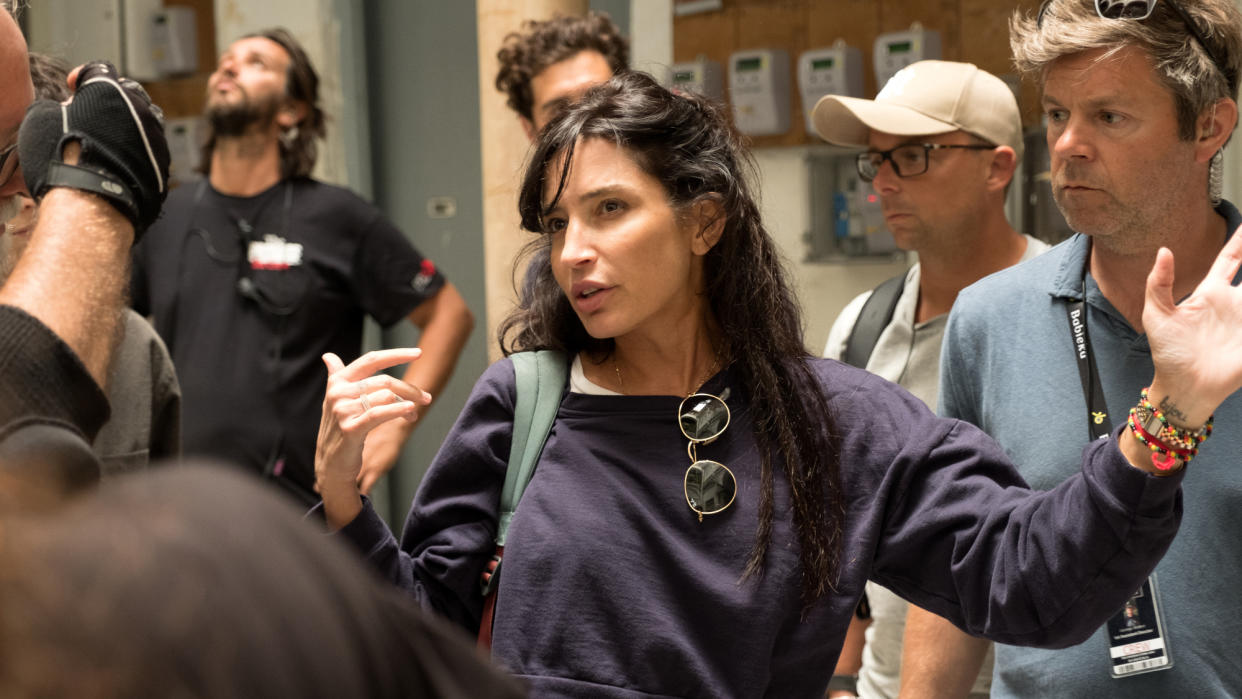
Emmy-winning director Reed Morano has just helmed spy movie The Rhythm Section for James Bond producers EON Productions, but she also has her eye on 007 himself.
The 42-year-old filmmaker told Yahoo Movies UK she agrees with producer Barbara Broccoli’s recent comments about the potential for a female James Bond.
Broccoli told Variety she would rather work on “creating new characters for women” than gender-swap Ian Fleming’s superspy.
Morano agrees, saying that transforming a male character into a woman would feel like a “consolation prize” rather than a step forward.
Read more: The troubled production timeline of No Time to Die
She said: “James Bond is a man. He’s a male character. Men and women are different and we should celebrate those differences.
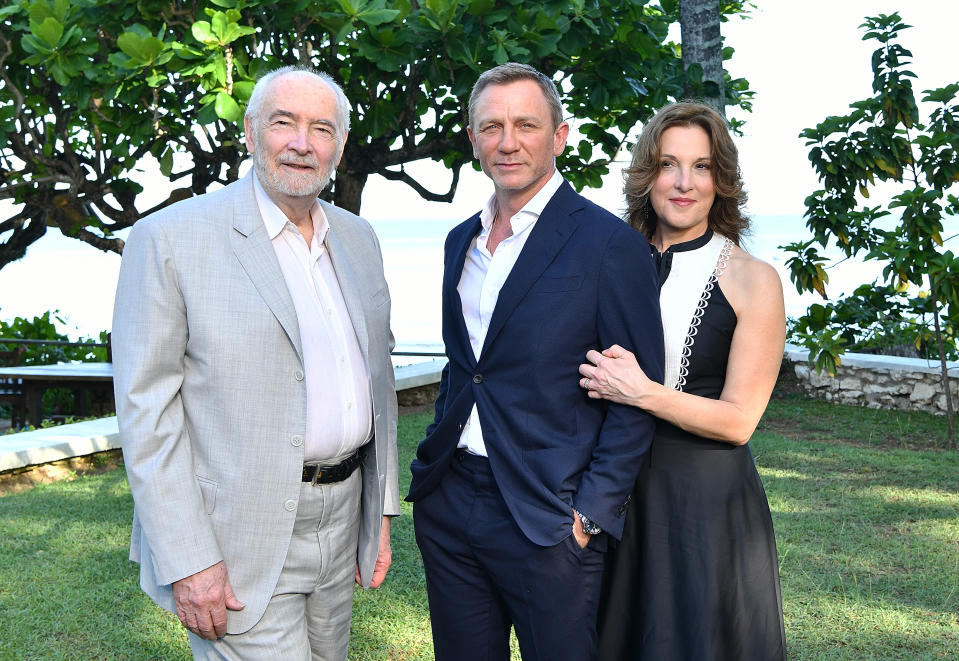
“A female character is going to do very different things than what James Bond would do. Just keep James Bond as James Bond and have your other amazing iconic character start as a woman to begin with.
“What Barbara is trying to say is that women can have their own heroes. We don’t need to settle for the one that has been a man forever. We’re worthy of our own thing.”
Morano said she’d jump at the chance to work with Broccoli again after their collaboration on The Rhythm Section — an adaptation of Mark Burnell’s novel, in which Blake Lively plays a woman who becomes an assassin while investigating the mysterious death of her family in a plane crash.
Read more: Most exciting movies coming in 2020
The director added that movies are “genderless” and that, with major tentpole action movies increasingly opening up to female filmmakers like Patty Jenkins (Wonder Woman 1984), Cathy Yan (Birds of Prey) and Cate Shortland (Black Widow), she’d love to take on cinema’s most iconic secret agent.
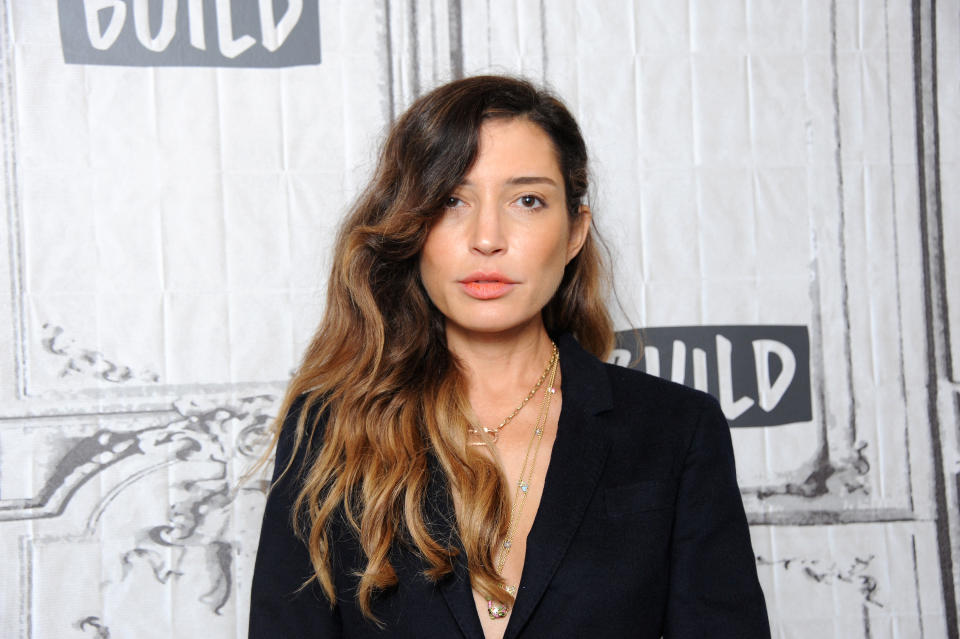
“You don’t need a female James Bond, but it would be fun to see James Bond through the eyes of a female director,” she said.
“There used to be the excuse that women didn’t want to direct huge tentpole action films, but that’s simply not true.
“There are women who want to and I think we’re going to get a really, really interesting POV from these filmmakers.”
Read the full interview with Reed Morano, in which she discusses the production mishaps that delayed The Rhythm Section as well as the pressure of making a spy thriller with Barbara Broccoli and the character who ended up on the cutting room floor.
Yahoo Movies UK: How difficult was it to distill the very complex narrative of the book into quite a tight thriller?
Reed Morano: It was a really complicated narrative. It was a little tricky because the storytelling style was that we really wanted to tell it in a point-of-view type of way. Anything that Stephanie Patrick [Lively’s character] doesn’t see, we don’t see, so we’re really in her shoes and typically only know what she knows. I think the genre doesn’t normally do that because it’s quite complex. It was a bit of a creative challenge.
It was inspired by the way that, when the script came to me, it was very POV-oriented. There really was only one, or maybe two, scenes in the whole movie that didn’t have Stephanie in them. It felt like: “we’ve come this far, so why not just try to make the audience understand whatever happens in those scenes?” It was an interesting challenge creatively to try to make the audience understand the things they needed to understand to be able to track what was happening.
You mentioned that script, written by Mark Burnell adapting his own novel. What was he like as a collaborator and how willing was he to sacrifice bits of his story?
I would be so effusive it would probably sound like I wasn’t telling the truth. But I couldn’t love Mark more. He was the most amazing partner to have as a writer. He was beyond supportive. I think right away he felt safe, of course, in Barbara and Michael’s hands. But when I came on board, he was so welcoming and I think he knew or had a hunch about the type of aesthetic I would want to bring. It was sort of what I think he’d always hoped for.
Read more: The Goldfinch director on adapting a tough script
We became really close partners very quickly. The way that Barbara and Michael work is that they’re so hands-on as producers with the story and the script. It’s always this close collaboration between them, Gregg [Wilson, Michael’s son] and myself and Mark. Everybody works together to try to solve problems and everybody was really supportive about the point of view and style of it and pushing it into a place that felt like its own thing, separate from what Eon has done in the past in the genre.
Mark stuck with us. He was there long before I came on board and he stuck with us every step of the way. He was completely gracious and would walk around the set with a huge smile on his face the whole time. He couldn’t be happier and was a really great support to me.
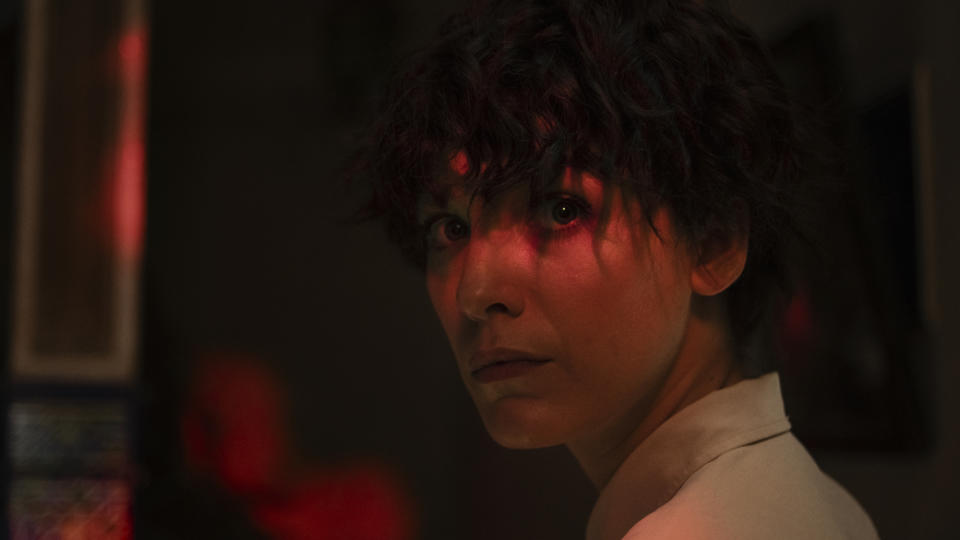
I think Blake Lively is terrific in this film, even though she’s perhaps not the obvious choice in the role. What drew you to her for the movie?
I think she’s just amazing. What she’s done here just blew everyone away, but I know it’s only scratching the surface of what Blake has in store for people. She’s quite an incredible person and fully committed.
She wasn’t actually one of the usual suspects to think of for this role. When I first got into a position to be able to think about who I would want to cast, when I directed my first film [2015 drama Meadowland], my mind automatically went to the usual suspects but then I ended up casting a group of people who were not the people you were thinking of.
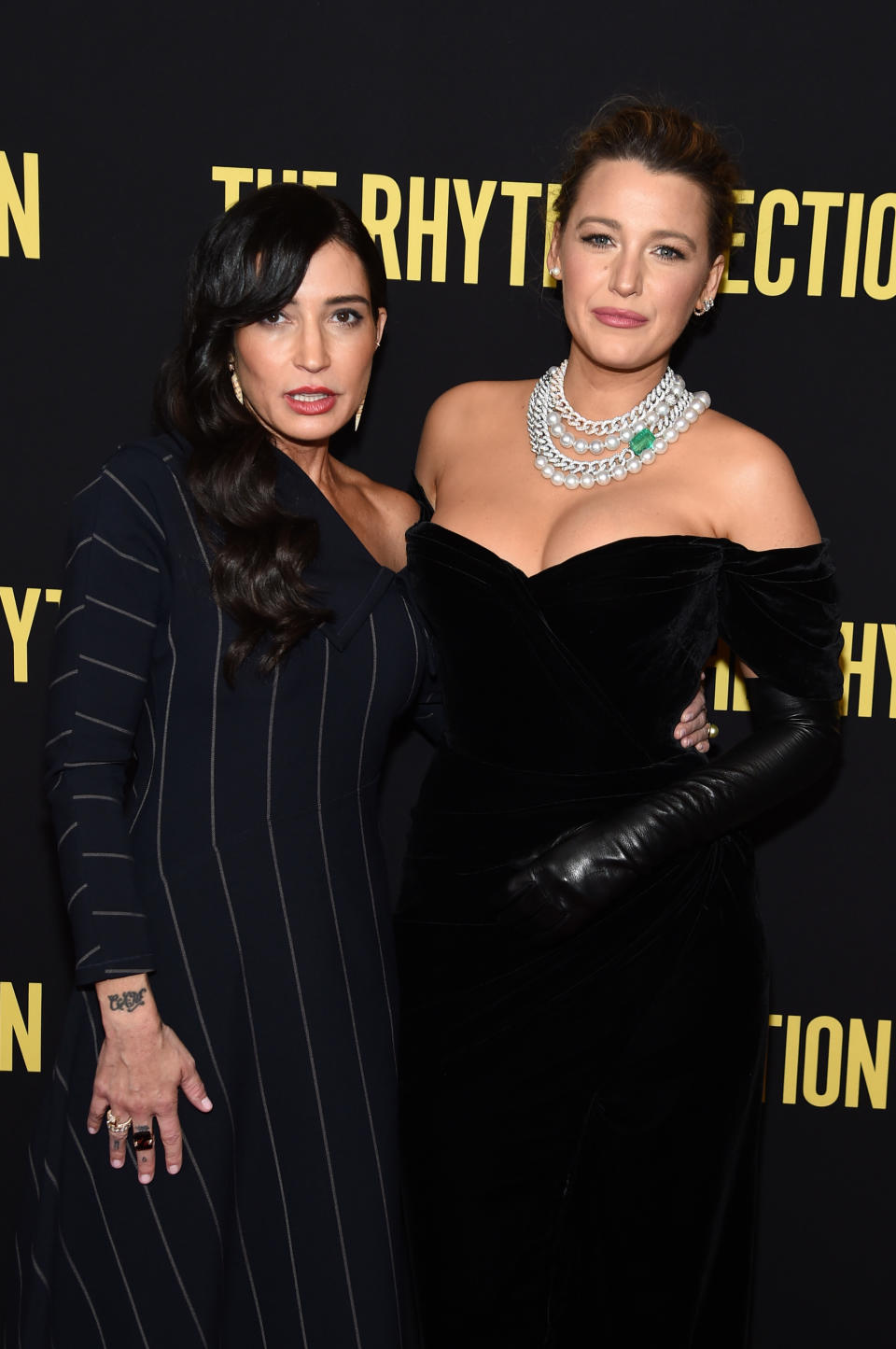
So therefore, thinking about Blake doing this role, it was really because I had seen her work in The Town and The Shallows. You get that hunch about somebody that, if they were put in a different situation with a different story or a larger role, they could really shine. I just got that feeling from her and I know Barbara got it too.
Read more: The Shallows director on turning a seagull into a star
It was a little more complicated than that. Blake was on my mind anyway because, around the time Barbara and I were talking, Blake sought me out to do a meeting about trying to get me to direct a film she was already attached to. I was already on another job and, on top of that, talking about this with Barbara.
I mentioned in passing a little about this job and said how excited I was about it. She went and found out what it was on her own — she’s super resourceful — and came back to me and was like: “I know you can’t do my movie, but why don’t we both do this movie together?” I thought it was a great idea and it felt meant to be that we were all brought together that way. I never looked back. I was super excited to see what she would do and she just amazed me every day we were shooting.
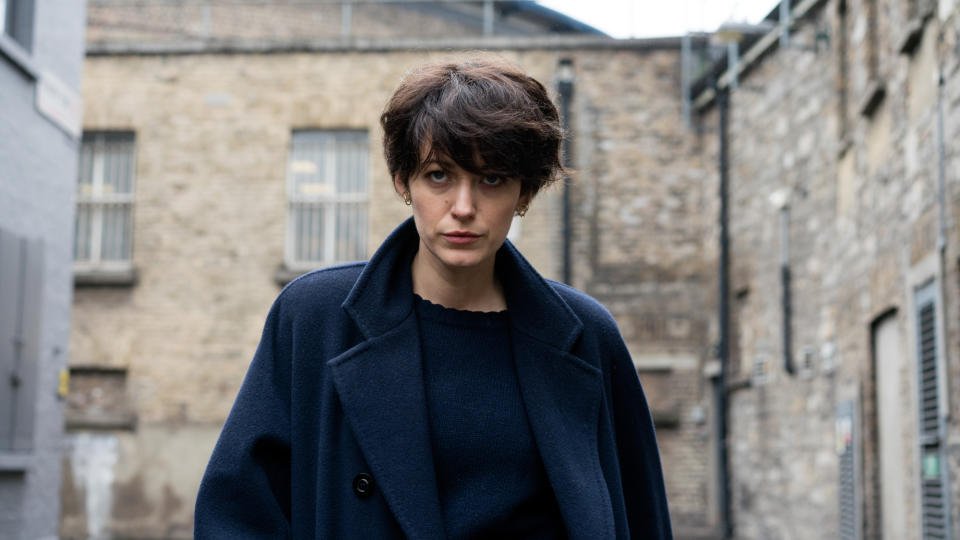
Her injury on the set was very well publicised. Looking back at the finished film, was that delay a blessing in disguise at all?
I wouldn’t say any injury to anybody is a blessing in disguise. There were many cons to it that I feel bummed about. We didn’t have to take the hiatus as long as we did, but Barbara and Michael make these films all the time and they’ve always said that on action movies, there’s always at least one injury, and you have to be prepared for those setbacks. You hope for the best but, no matter how careful or steeled everybody is, these things tend to happen even to the best, most seasoned action stars.
We were all bummed because you’re in a rhythm when you’re making a movie. No one was more bummed, obviously, than Blake. She really hurt her hand and was in all kinds of pain. It was really awful. The priority for me, Blake and Barbara was that we should take the necessary time to allow her hand to fully heal and not try to rush back into production. There were more stunts yet to come and we just wanted to be safe. It was all about being better safe than sorry.
Read more: Morano discusses making Peter Dinklage drama
We let a lot of time pass so that Blake could get better. In that time, we used it to prepare much better in all of the other countries we had to shoot in. We had this huge car chase sequence coming up that, in our original schedule, we didn’t have a tonne of time to do all of the things we wanted to do with it. We would’ve got it done, but it just made everything run much more smoothly because we were able to have more rehearsal. There was just more time, and that’s never a bad thing.
What was so nice, and speaks to the experience of our shoot and how much fun we all had, is that literally our entire crew — spread across several countries — pretty much every single person came back after the six-month hiatus. Really, I could probably count the number of people who couldn’t come back on one hand.
It was so incredible and people just had an amazing time. I think they just felt the energy and the spirit of everybody banding together. I think a lot of that was rallying around the idea of “when Blake is better, we’re all in, nobody is abandoning everyone and we’re going to bring this movie home”. It would have been better if it could’ve happened without an injury because that was very upsetting and painful.
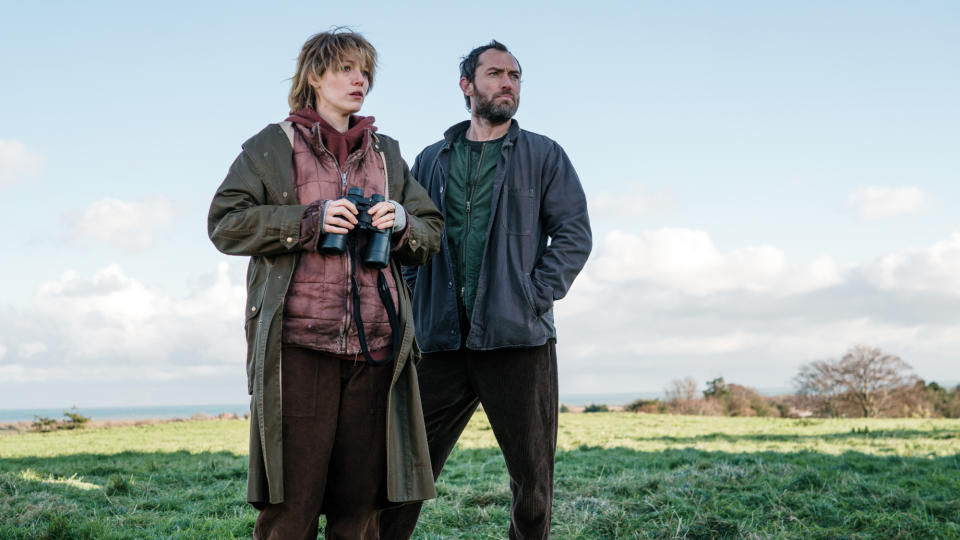
I interviewed Daniel Mays last year and he was talking about his excitement about this project, but he doesn’t appear in the finished film. Were there bits of restructuring and difficult decisions made during the production delays?
There are always difficult decisions to be made during the filmmaking process. When the film had to be shorter, we realised the storyline around Daniel Mays’ character was one that could be removed from the film without impacting on the flow of the story as a whole even though we were very attached to it.
His performance was absolutely fantastic and I’m so happy his scenes will be available for everyone to watch when the film is released on DVD and Blu-ray.
This is obviously only the third non-Bond film made by EON. Does that name come with pressure?
Oh yeah, of course! I think I approached it initially as just excitement. There was less pressure because they didn’t want this to be another Bond movie. That’s such an iconic franchise — the most iconic franchise in that genre. Barbara and Michael wouldn’t even have considered me if they didn’t want something different. It doesn’t take much to see that they’re going outside the box if they look at the work I’ve done prior.
Read more: Bond studio MGM in talks with Netflix and Apple over buy out
They wanted that and that was what was really cool about the opportunity. I got to work with the people who know how to do this better than anyone, but they also let me infuse myself and my vision into what is a new character and story. It was so nice because it was a really great collaboration of them giving me all of the knowledge they have and feeling so well taken care of by them, but also I was able to nudge them in a direction they might’ve thought was crazy. They certainly said that to me on more than one occasion.
But they always supported me. They always opened their minds to see a different way that might be completely different to what they have done for the past however many years. They are so creatively open-minded and supportive. I did really push it in a direction that feels very different to what they typically do. They embraced it, believed in it and I think they had a really fun time doing it.
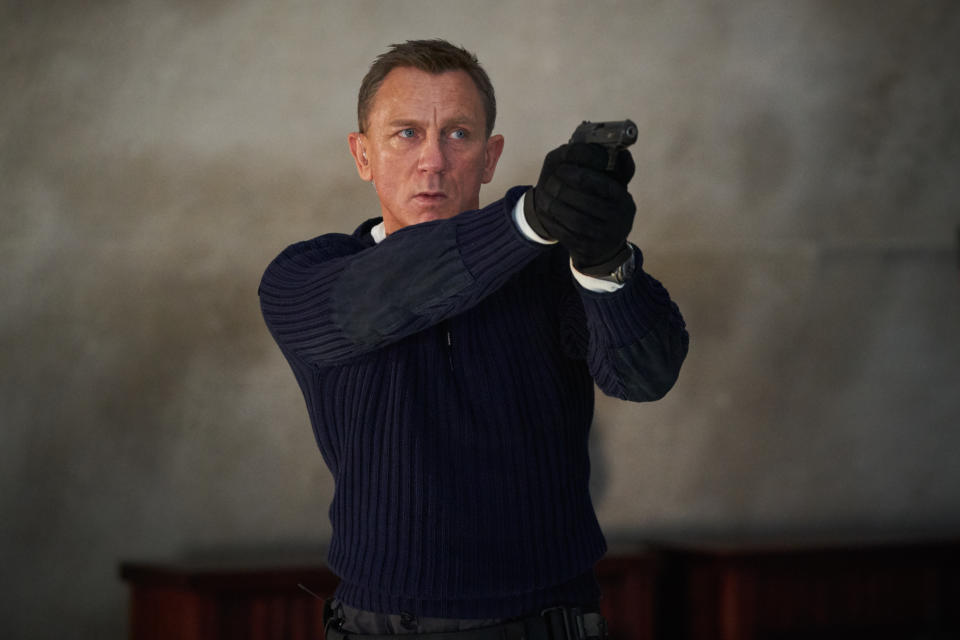
Barbara made some comments recently about how James Bond should never be a woman, but that she wants to push original stories with strong female protagonists. Do you think your movie is proof of ethos?
For sure. That has always been Barbara’s stance. She makes an amazing point. It’s easy to turn something like that into clickbait if you don’t look at the whole statement, which is: James Bond is a man. He’s a male character. Men and women are different and we should celebrate those differences.
A female character is going to do very different things than what James Bond would do. Just keep James Bond as James Bond and have your other amazing iconic character start as a woman to begin with. We don’t need to take the shoes of a male character and adapt to that. We should just create the iconic action franchise through the eyes of a woman from its inception, not just try to please everyone. It doesn’t really make sense.
Read more: Sienna Miller says diversity-driven casting is “dangerous”
The idea of a female Bond to me just feels like we’re getting a consolation prize and I know Barbara and Michael would never do that. Bond is Bond and Stephanie Patrick is Stephanie Patrick. I’m not saying they’re comparable things. They’re action films, but they’re very different and different aesthetics. I think that’s what Barbara is trying to say is that women can have their own heroes. We don’t need to settle for the one that has been a man forever. We’re worthy of our own thing.
And if Barbara rang tomorrow to ask you to do the next James Bond film, would you do it?
Yeah... obviously. It would be very fun. Now here’s one thing I would say. You don’t need a female James Bond, but it would be fun to see James Bond through the eyes of a female director.
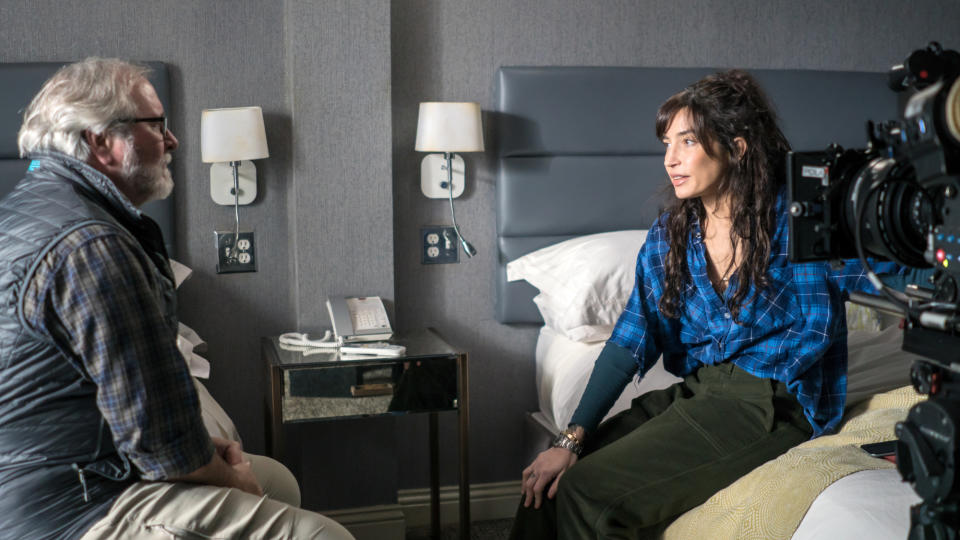
On that note, this year with Cathy Yan doing Birds of Prey and Cate Shortland doing Black Widow as well as your movie, female directors are being given the chance to helm big action blockbusters. How important is that to you?
It’s very important to me and it’s huge for everyone because the more this becomes the norm, [the better]. There are a lot of places really pushing to pull up the female filmmakers who are capable. There are so many of us out there who can do this and who want to do this.
There used to be the excuse that women didn’t want to direct huge tentpole action films, but that’s simply not true. There are women who want to and I think we’re going to get a really, really interesting POV from these filmmakers.
Read more: How Trainspotting inspired Birds of Prey
And it has been proven that they make money. Films are genderless. Yes, the perspective is not, but one is not less than the other. Everybody works with the same amount of support. I might technically know more than a male director and some male directors might know more than some other female directors, but it doesn’t really matter if you come to the table with a drive, a passion for the story and a point of view.
The way to keep this art alive is to keep pushing through new points of view and I am really happy to see that’s happening.
The Rhythm Section is in UK cinemas from 31 January.

 Yahoo Movies
Yahoo Movies 
